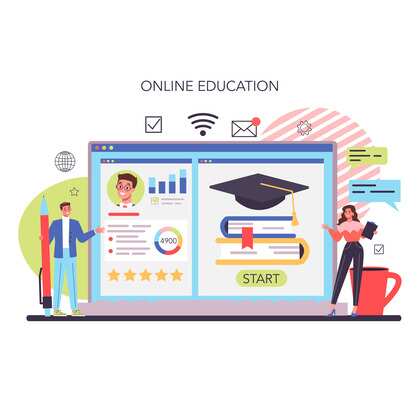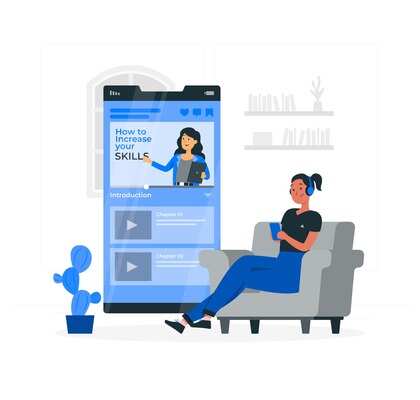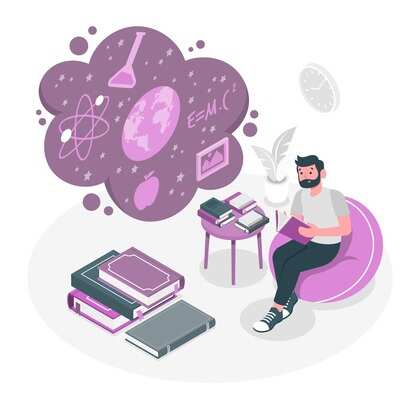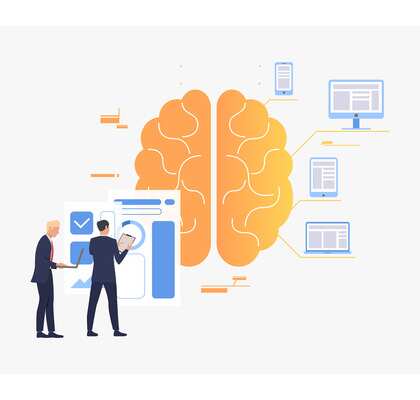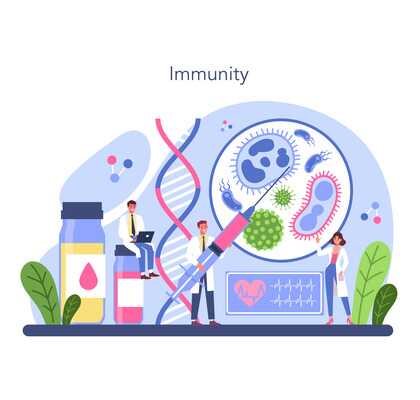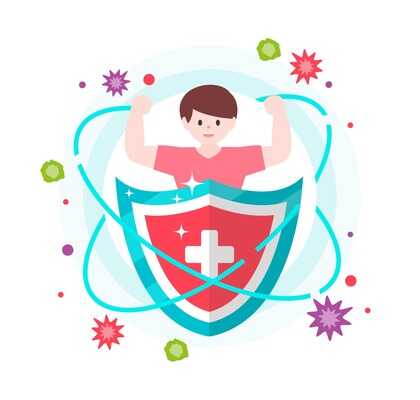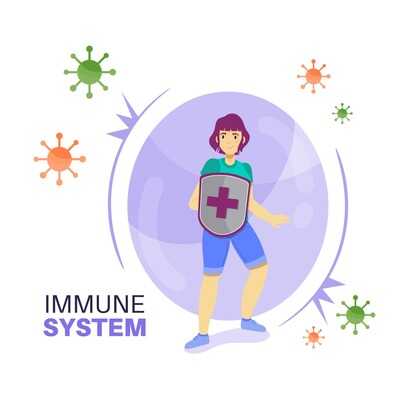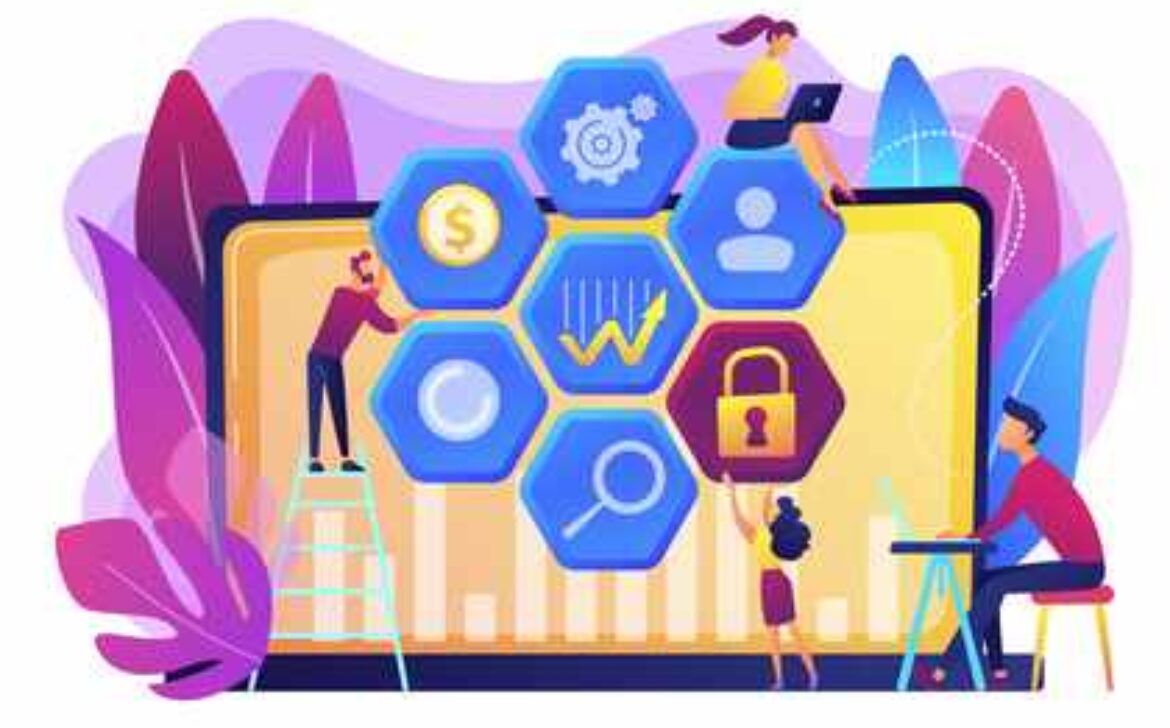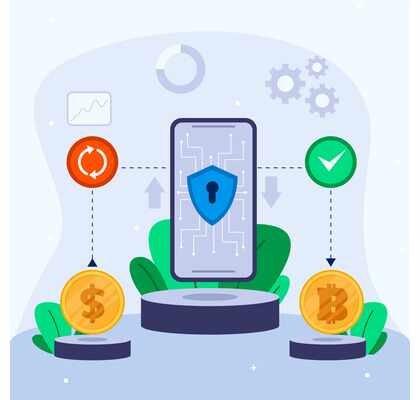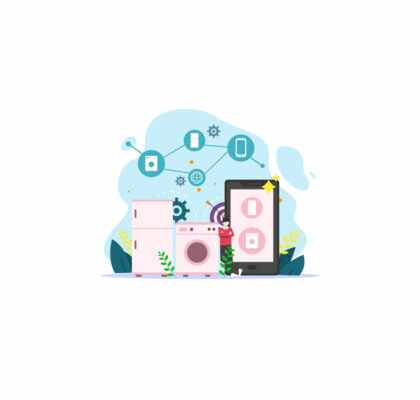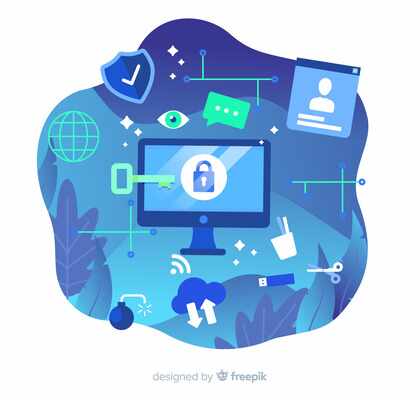Decisions That Define: Mastering the Art of Making Better Choices
The act of making choices is deeply ingrained in the fabric of our existence. From simple choices like what to wear in the morning to more complex decisions like choosing a career path, every choice we make has the potential to shape our lives. However, not all decisions are created equal. Some choices have a profound impact, defining who we are and where we end up. In this article, we will explore the art of making better choices and how these decisions can shape our lives for the better. Before we delve into the art of decision making, it’s essential to understand the science behind it. Decision making is a complex cognitive process that involves gathering and processing information, assessing alternatives, and choosing the best course of action. Researchers have delved into the intricacies of decision making and have identified various cognitive biases and factors that influence our choices. One prominent theory is that of bounded rationality, which suggests that humans have limitations in processing information and making rational decisions. Our decisions are often influenced by cognitive shortcuts and biases that can lead to suboptimal choices. Understanding these biases and overcoming them is crucial in mastering the art of making better decisions. Several factors influence our decision-making process. These include our emotions, past experiences, social norms, cultural background, and personal values. Emotions play a significant role in decision making, as they can either guide us towards intuitive choices or cloud our judgment. Past experiences shape our decision-making patterns by influencing our perception of risks and rewards. Social norms and cultural background also impact our choices, as we tend to conform to societal expectations and norms. Additionally, our personal values and beliefs shape our decision-making process by influencing the criteria we use to evaluate options. To make better decisions, it’s crucial to start by assessing the situation thoroughly. Understanding the context, gathering relevant information, and identifying the key stakeholders involved are essential steps in this process. Assessing the situation helps us gain clarity and enables us to make informed choices. Clear goals act as a compass in decision making. When we have a clear understanding of what we want to achieve, it becomes easier to evaluate options and make choices that align with our objectives. Setting specific, measurable, attainable, relevant, and time-bound (SMART) goals provides a framework for decision making. To make well-informed decisions, gathering relevant information is vital. This includes conducting research, seeking expert advice, and exploring different perspectives. The more information we have, the better equipped we are to evaluate alternatives and anticipate potential outcomes. In decision making, it’s essential to consider multiple alternatives. Avoiding a narrow focus on a single option helps broaden our perspective and increases the chances of finding a better solution. Brainstorming, seeking diverse opinions, and exploring creative possibilities can lead to breakthrough choices. Once we have identified alternatives, evaluating their pros and cons is critical. Assessing the potential benefits and drawbacks of each option helps us weigh their advantages and disadvantages. Creating a decision matrix or using a SWOT (Strengths, Weaknesses, Opportunities, Threats) analysis can assist in making a more informed choice. While gathering information and evaluating options are important, it’s also crucial to trust your instincts. Our gut feelings can provide valuable insights and serve as a guide in decision making. Intuition, when combined with rational analysis, can lead to better choices. Seeking advice and feedback from trusted individuals can provide a fresh perspective on our decisions. Collaborating with others, soliciting their opinions, and considering their insights can help us avoid blind spots and make more well-rounded choices.
The art of making better choices lies in understanding ourselves, embracing uncertainty, and aligning our decisions with our values.
– Robert Johnson Analysis paralysis is a common challenge in decision making, where individuals get overwhelmed by excessive information or the fear of making the wrong choice. To overcome this, it’s important to set clear deadlines, prioritize information, and focus on the most relevant factors. By deconstructing intricate decisions into more manageable components, one can effectively mitigate the overwhelming effects of analysis paralysis. Confirmation bias refers to our tendency to seek information that confirms our pre-existing beliefs and ignore evidence that contradicts them. Overcoming confirmation bias requires conscious effort. Actively seeking out diverse perspectives, challenging our own assumptions, and considering opposing viewpoints can help mitigate the impact of confirmation bias on our decision making. The fear of failure can paralyze our decision-making process. However, it’s important to recognize that failure is often a stepping stone to success. Embracing a growth mindset and viewing failures as learning opportunities can help overcome the fear of failure. Taking calculated risks and being open to experimentation can lead to breakthrough decisions. Reflecting on our decisions is a valuable practice for growth and improvement. Taking the time to evaluate the outcomes of our choices, understanding the factors that influenced the results, and learning from both successes and failures can enhance our decision-making skills. Regular reflection allows us to refine our decision-making process and make better choices in the future. Mastering the art of making better choices is a lifelong journey. By understanding the science of decision making, assessing the situation, setting clear goals, gathering information, considering alternatives, evaluating pros and cons, trusting our instincts, seeking advice, and overcoming decision-making challenges, we can make more informed and impactful decisions. Remember, every decision we make has the potential to shape our lives and define who we are
Introduction
Understanding Decision Making
The Science of Decision Making
Factors Influencing Decision Making
The Art of Making Better Choices
Assessing the Situation
Setting Clear Goals
Gathering Information
Considering Alternatives
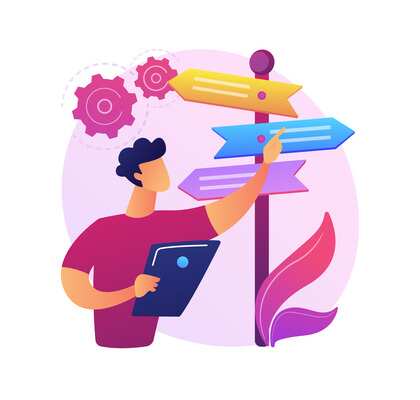


Evaluating Pros and Cons
Trusting Your Gut
Seeking Advice and Feedback
Overcoming Decision-Making Challenges
Analysis Paralysis
Confirmation Bias
Fear of Failure
The Power of Reflection

Conclusion



